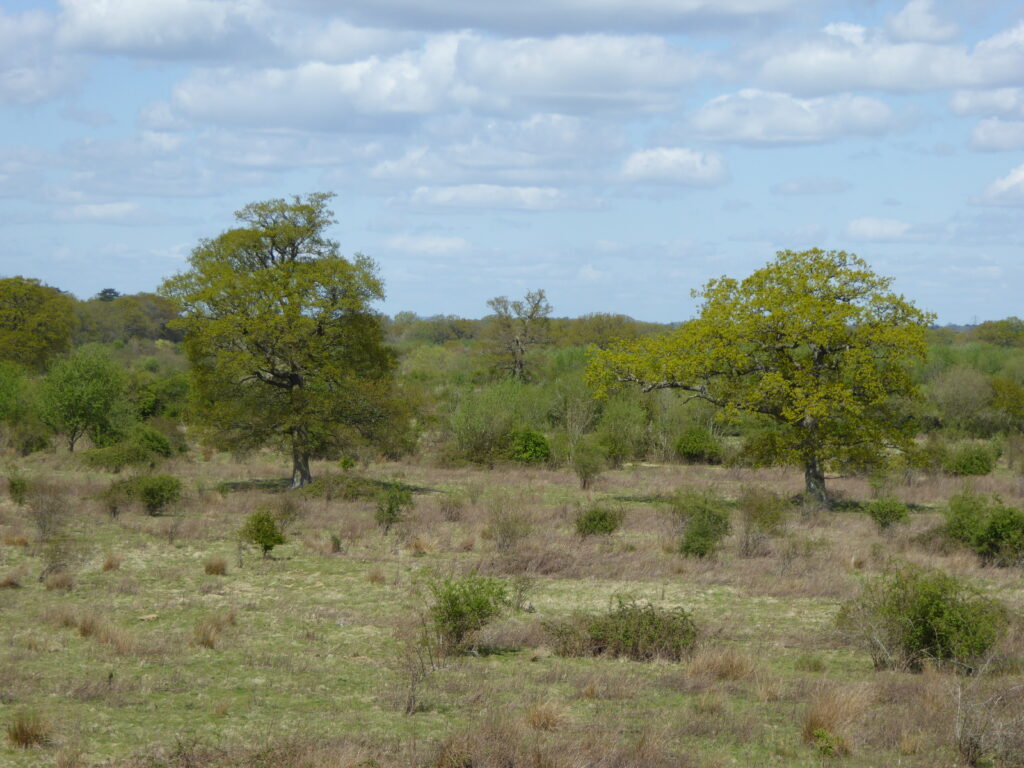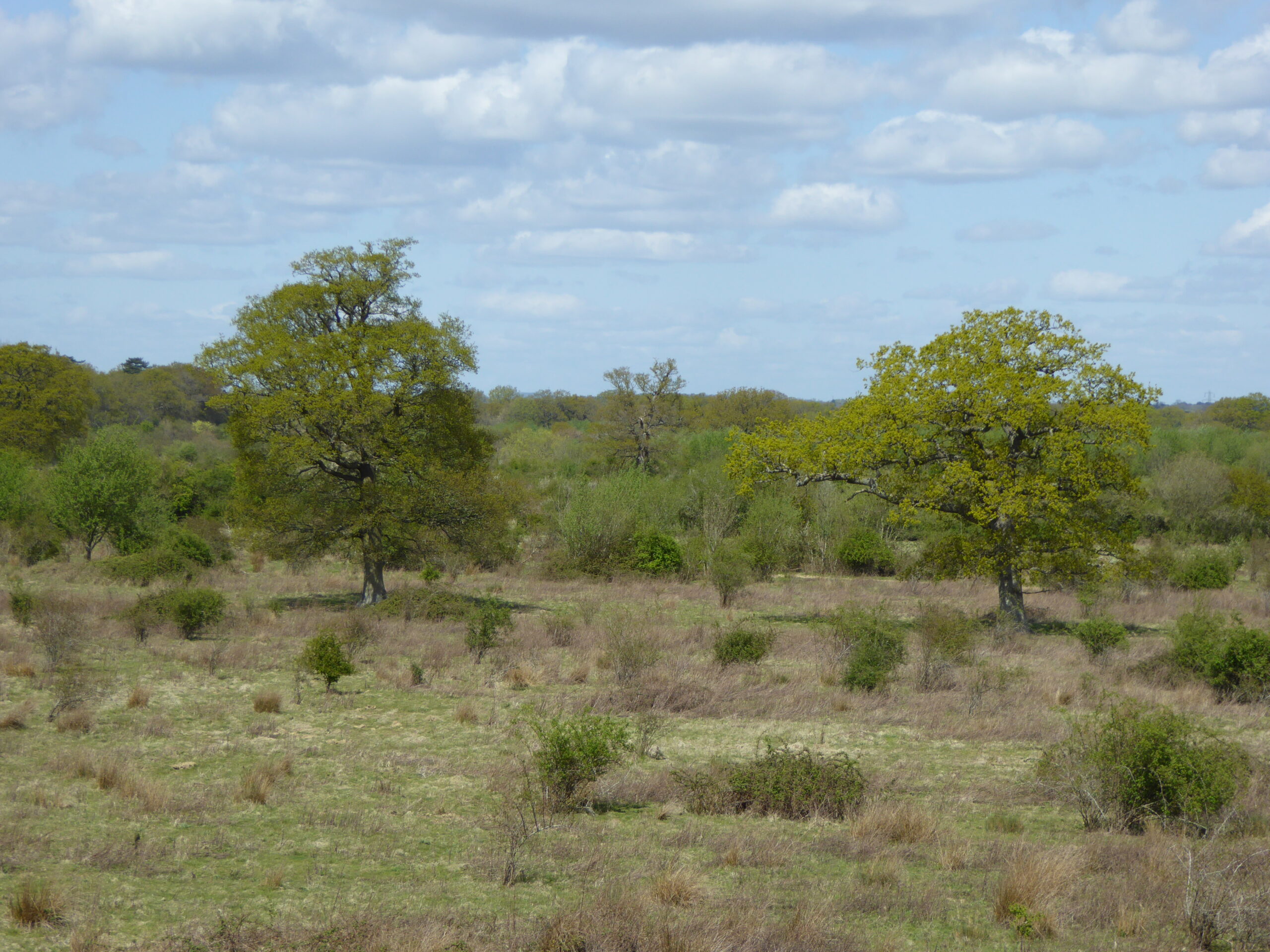There has been much debate about the character of natural landscapes in Britain in the time before modification by humans. A common view has been that dense forest covered much of the British Isles, but this has increasingly been questioned as different forms of evidence have come to light. Keith Alexander, Mike Allen, Jill Butler, Ted Green and Ray Woods explain how we can use knowledge of the ecology of species in the present day to inform our understanding of the past, and argue that the landscape was considerably more open and varied than previously thought.
An appreciation and understanding of the post-glacial ecological landscapes of the island of Britain have long been thought to be a prerequisite for developing natureconservation policy and practice (Peterken 1981). What is the baseline for current conservation land management? Increasingly, open wood-pasture type conditions – effectively pastures with trees and shrubs – are being recognised as supporting the most species-rich biodiversity (Harding & Rose 1986; Rotherham & Handley 2011; Peterken 2013; Rotherham 2013).

